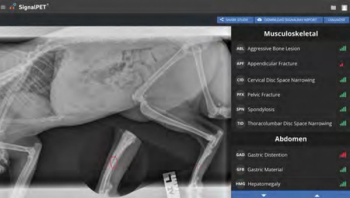
Learn how these artificial intelligence solutions can help advance your veterinary practice's capabilities.
Dr. Todd-Jenkins received her VMD degree from the University of Pennsylvania School of Veterinary Medicine. She is a medical writer and has remained in clinical practice for over 20 years. She is a member of the American Medical Writers Association and One Health Initiative.

Learn how these artificial intelligence solutions can help advance your veterinary practice's capabilities.

When it's time to treat canine vomiting, veterinarians have reliable medications in our toolbox. But when it's time to initiate vomiting in an emergency situation, options have been limited and off-label, until now. Sponsored by Vetoquinol.

Understanding the varied patterns of cutaneous lesions, response to treatment, and management of secondary issues is important for control of feline allergies.
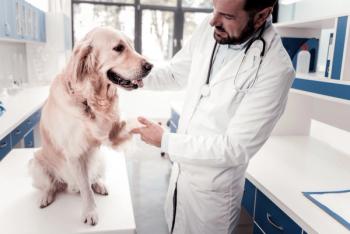
There’s no single way to practice veterinary medicine or perform orthopedic exams, but these tips will serve you well in your quest to achieve the best possible patient outcomes.
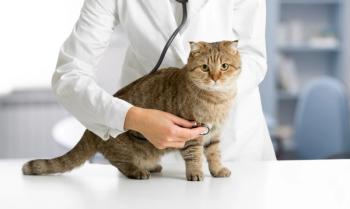
Does your feline exam need a tune-up? Here are some handy tips for improving your process, your findings, and the patient and staff experience.

To correct this frustrating behavior, veterinary teams need to work closely with clients to forge a comprehensive management strategy. Here’s how.
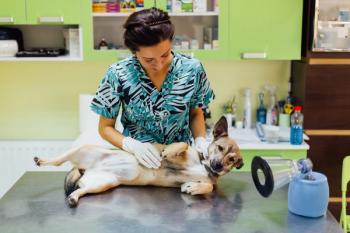
Advice from a veterinary dermatologist for treating drug-resistant skin infections in your patients while protecting their owners and your staff from possible exposure.

Understanding the mechanisms involved with PU/PD, in addition to obtaining a careful medical history, can help clinicians select the appropriate diagnostic tests.

Eating issues in cats—whether too much or too little—may have a behavioral cause. Here’s why, and what to do about it.

Answers from experts to the COVID-19 questions on every veterinary professional’s mind.

It sure is, and here’s how veterinary technicians can play their part.
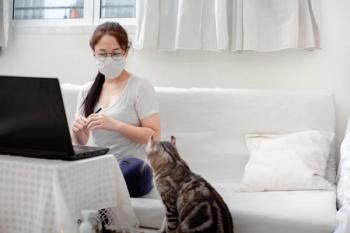
The coronavirus pandemic has generated more questions than answers so far, but a recent webinar outlines what we do know, including infectivity in animals, and what precautions pet owners and practices should be taking.

Addressing atopic dermatitis in your patients requires a multifaceted approach. Veterinary dermatologist Dr. Darin Dell outlines diagnostic dilemmas, treatment tips and the importance (as always) of client communication when atopy itches along.

Brachy breeds are as popular as ever with pet owners, and as a result, veterinarians continue to see patients with respiratory aberrations associated with BOAS. A board-certified surgeon offers the latest options to treat these conditions in dogs.

Whether you work in general or emergency practice, you must feel comfortable performing certain emergency procedures. Here are the top five emergency procedures every veterinary practitioner who treats cats should know.
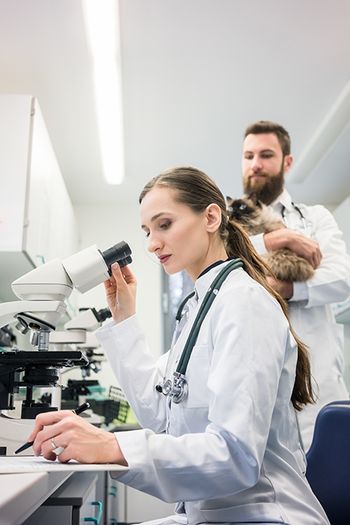
Dont cell yourself short: tap into the potential of veterinary cytology with these expert tips on obtaining and evaluating specimens.

Published: May 13th 2020 | Updated:

Published: April 13th 2020 | Updated:

Published: November 16th 2020 | Updated:

Published: November 2nd 2020 | Updated:

Published: August 29th 2020 | Updated:

Published: February 27th 2021 | Updated: